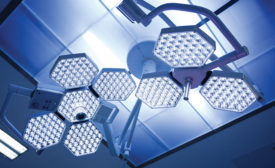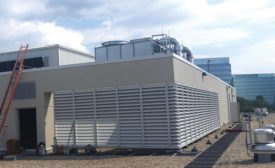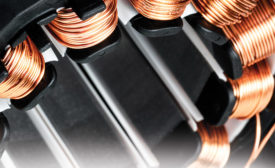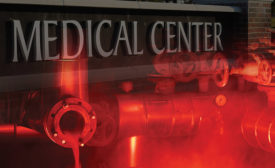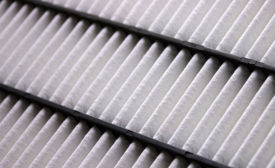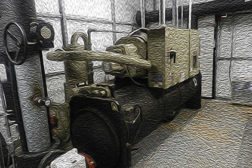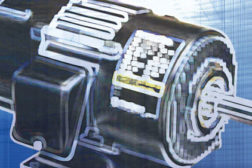Articles by Gary Hamilton P.E., PMP, FASHE, LEED AP
While the latest surgical technologies lead the push for more OR suite square footage, they also contribute to ever-tighter ceiling space. Add updated requirements for IAQ and electricity, and any renovation team needs to sharpen its strategy in advance of this delicate operation.
Read More
Optimizing Hospital Chiller Plants
You can create a tailored algorithm or you can use Hartman Loop technology. You can implement better temperature controls for the chilled water supply or the condenser water. Keep your eye on the long term and pick your weapon.
July 11, 2017
Modular Boiler Plants: How To Make Them Deliver
A boiler plant that is constructed off-site and shipped offers some unique advantages for the design and construction process — and sometimes for the longer life of the facility, too. As you might imagine, the strategy also involves some unique engineering obligations and responsibilities along the way. Learn the essential components for getting high quality performance from a modular project.
December 2, 2016
ECM Motors For Large Central AHU Designs
Historically used in smaller-load residential settings, electronically commutated mo-tor (ECM) technology is making the leap thanks to recent improvements and in-creased awareness among engineers. Start with the basics, proceed to advantages and caveats, and consider the ways ECM designs can streamline the economics of air movement.
September 1, 2016
Chiller Retrofits In Health Care Facilities
One of the worst things you can do is note the capacity and replace the chiller. Have the building loads and usage changed? What about motors and cooling towers? Consider these and your part-load realities to create real long-term improvements.
July 1, 2014
Motor Selection HVAC Design
Who actually specified that motor? Did they keep the entire system in mind or were they simply specifying one component at a time? And will that spec require over-speeding the motor?
March 1, 2014
Calculated With Care: Ventilation in Health Care Systems
A Mississippi clinic needed above-average design on a budget. The equipment was nothing unusual. However, creativity and attention to detail uncovered opportunities to fine-tune the design and exceed ventilation benchmarks for less.
November 1, 2013
Be in the forefront of the mechanical engineering industry!
Join thousands of professionals today. Shouldn’t you know what they know?
JOIN NOW!Copyright ©2024. All Rights Reserved BNP Media.
Design, CMS, Hosting & Web Development :: ePublishing
